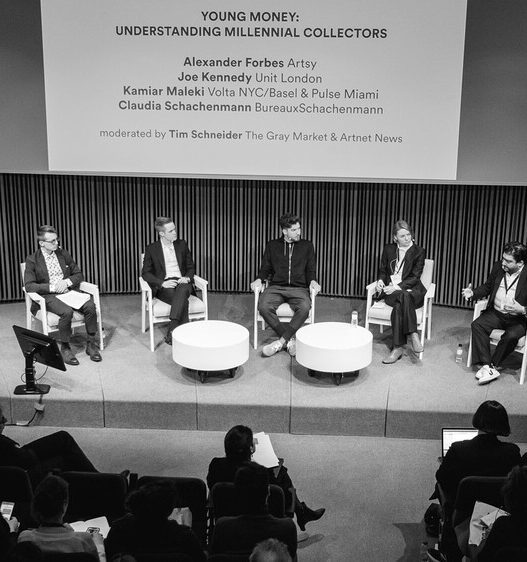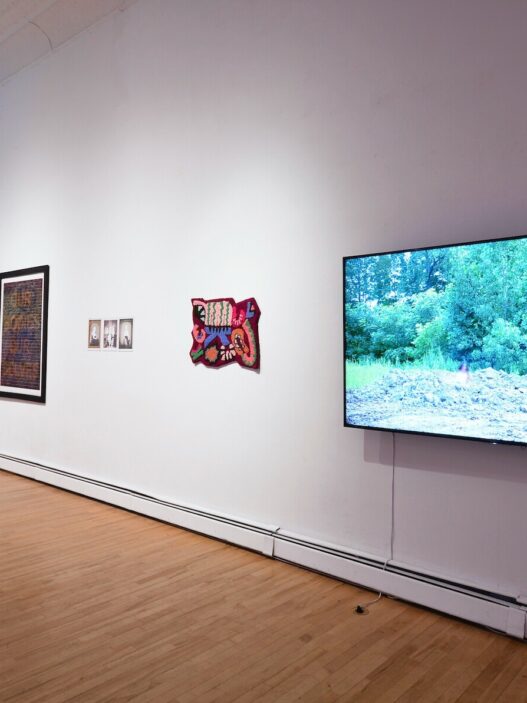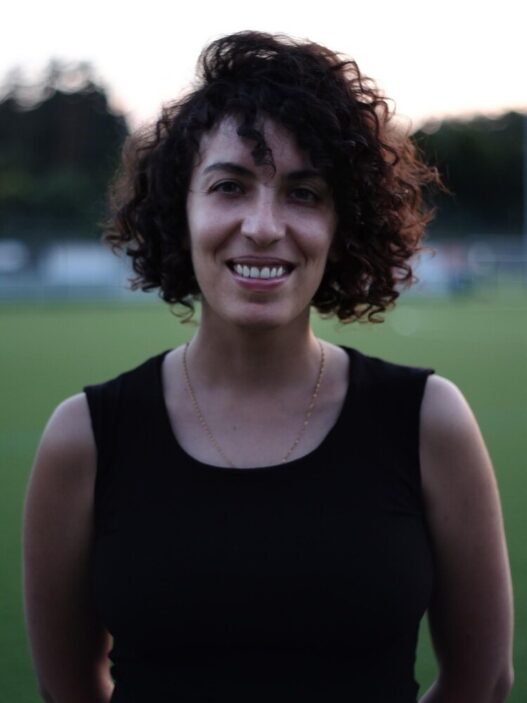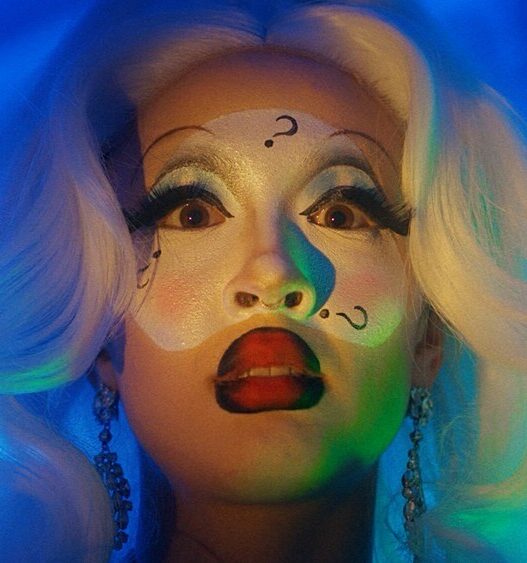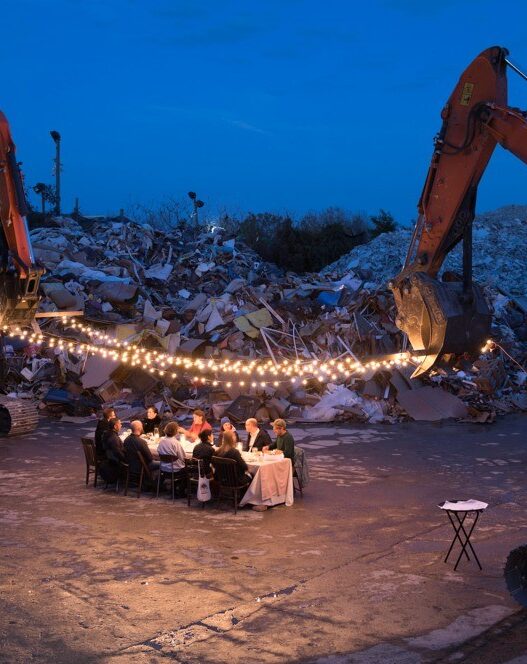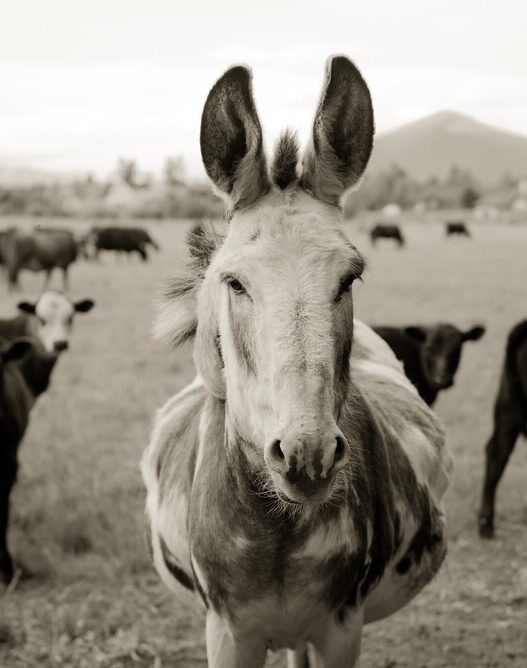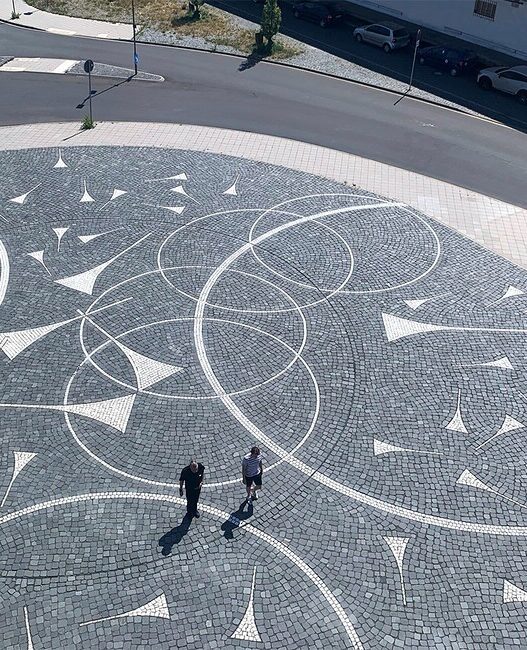Villa Romana Prize 2023
The two chosen jurors for the Villa Romana Prize 2023—curator and publisher Chiara Figone and artist Emeka Ogboh—met this summer in Florence in the company of the organization’s management committee member and incoming director Elena Agudio.
Villa Romana e.V. appreciates the jury’s choice and extends its gratitude. Samuel Kortey Baah, Diana Ejaita, Jessica Ekomane, and Pnar Öğrenci are the four chosen artists. In response to Agudio’s proposal to envision Villa Romana as “a home for crafting tools and practices to face times that ask of us a radical and planetary repair of an asymmetric world,” as well as her urgency to consider the idea of understanding “institutions as archives and infrastructures in which diasporic (be)longing can be heard, discussed, and expressed,” the selection of the four artists clearly carries the potential to start realizing this aim.
With artistic investigations grounded in an understanding of art “in the expanded field,” the jurors have privileged practices focusing on sound as a space for knowledge production and transformation (Jessica Ekomane), on illustration, textile, and fashion design as a way to tell stories as a child of the diaspora (Diana Ejaita), on filmmaking and the intersected possibility of developing strategies of radical conviviality to reflect on forms of displacement and repair (Pınar Öğrenci), and on decolonial processes of the decanonisation of Western iconography (Samuel Kortey Baah).
The jury also made the decision to foster the potential for transgenerational exchange with artists from very diverse generations and stages in their careers as a crucial platform for reciprocity and mutual learning. Villa Romana is pleased to announce that the jurors will continue to support the artists during the residencies, forging a new, longer-term bond between them and the organization.
French-born Berliner Jessica Ekomane was raised in Berlin. She designs scenarios in which the audience and the venue undergo transformations thanks to the sound. Her constantly shifting and engrossing sonic environments are inspired by issues like the connection between personal perception and group dynamics or the study of listening expectations and their societal underpinnings.
Born in Ghana, Samuel Kortey Baah currently resides between Kumasi and Frankfurt. He is an exchange student at Städelschule in Frankfurt and is presently working toward his MFA at the KNUST Department of Painting and Sculpture in Kumasi, Ghana. The artist is a co-founder of the Asafo Black Collective and a member of the collectives blaxTARLINES and Commune6x3. He experiments with organic materials and works with post-colonial histories and religious iconographies.
Pnar Öğrenci was raised in Berlin and Istanbul and was born in Van, Turkey. Her poetic and experiential video-based work and installations that assemble vestiges of “material culture” associated with forced relocation across geographies are informed by her training in architecture. Her works are decolonial and feminist interpretations of everyday practices, collective movements, social, political, and anthropological research, as well as industrial and urban development projects that follow agents of migration like war and state brutality.
Diana Ejaita was born in Italy. She resides in Lagos and Berlin and attended art school in Germany and France. Her work spans the fields of illustration, textile design, and fashion design. In order to bond with her Nigerian background, she employs fabric as a medium. She continues to share the experiences she had growing up in the diaspora through textiles. Fabric is used in West African textiles to tell stories, provide life lessons, and convey social rank and ancestry information.
Since 1905, the Villa Romana Prize, which includes a ten-month residency at the Florentine artists’ home, prize money, and a final publication, has been given out by the nonprofit Villa Romana Association.
The collaboration between Kunsthistorisches Institut in Florenz—Max-Planck-Institut and Villa Romana will continue in its fourth year in 2023. Villa Romana e.V. would like to thank the Kunsthistorisches Institut in Florenz—Max-Planck-Institut and its main sponsors of many years: The Federal Government Commissioner for Culture and the Media (BKM) and Deutsche Bank Foundation.
Villa Romana
Via Senese, 68
50124 Firenze FI
Italy









![[1] Samuel Kortey Baah. Courtesy of the artist. [2] Jessica Ekomane. Courtesy of the artist and Camille Blake. [3] Diana Ejaita. Courtesy of the artist. [4] Pınar Öğrenci. Courtesy of the artist and Kerem Uzel.](https://dailyart.news/wp-content/uploads/2022/08/villa_romana-527x234.gif)
![[1] Samuel Kortey Baah. Courtesy of the artist. [2] Jessica Ekomane. Courtesy of the artist and Camille Blake. [3] Diana Ejaita. Courtesy of the artist. [4] Pınar Öğrenci. Courtesy of the artist and Kerem Uzel.](https://dailyart.news/wp-content/uploads/2022/08/villa_romana-1044x463.gif)



